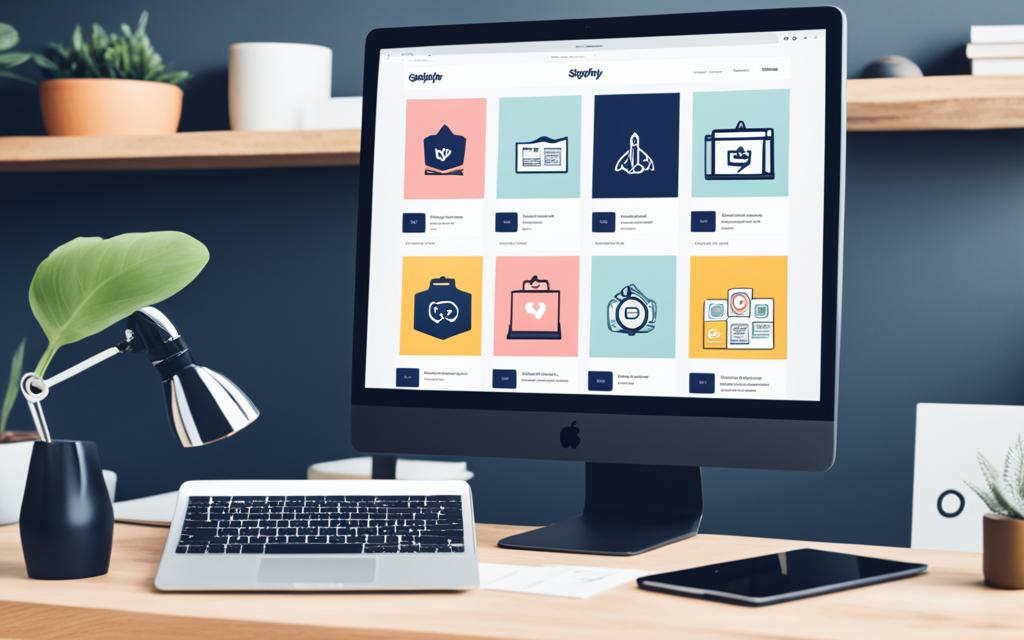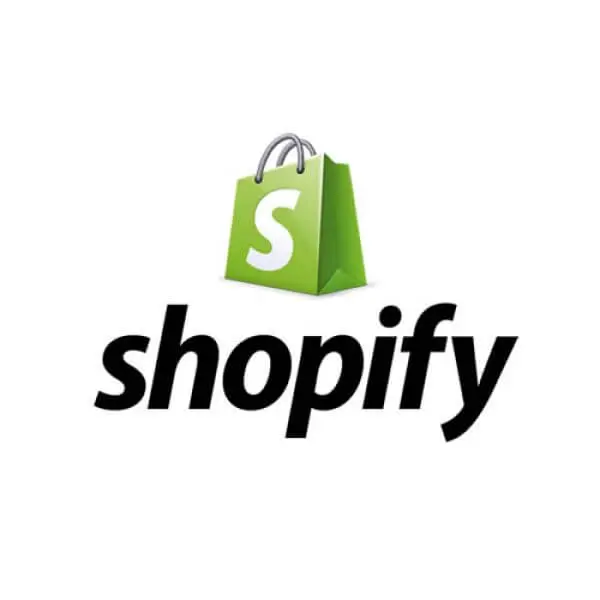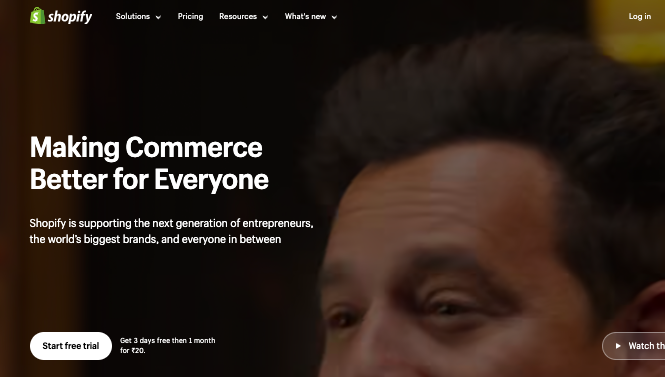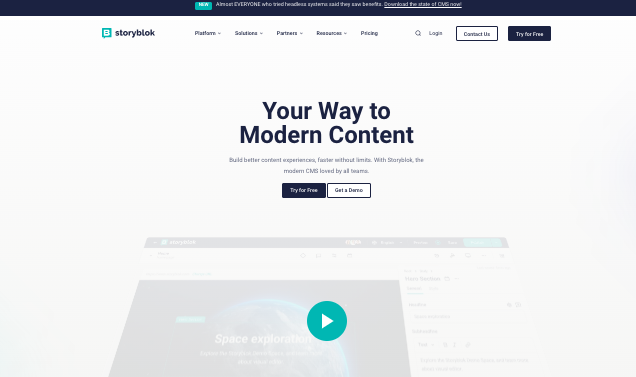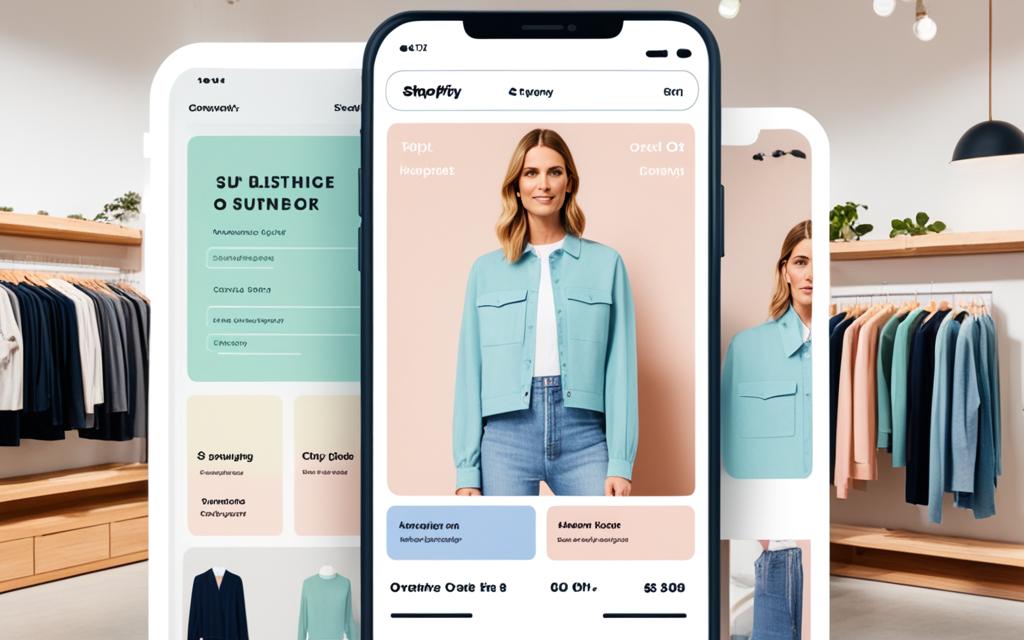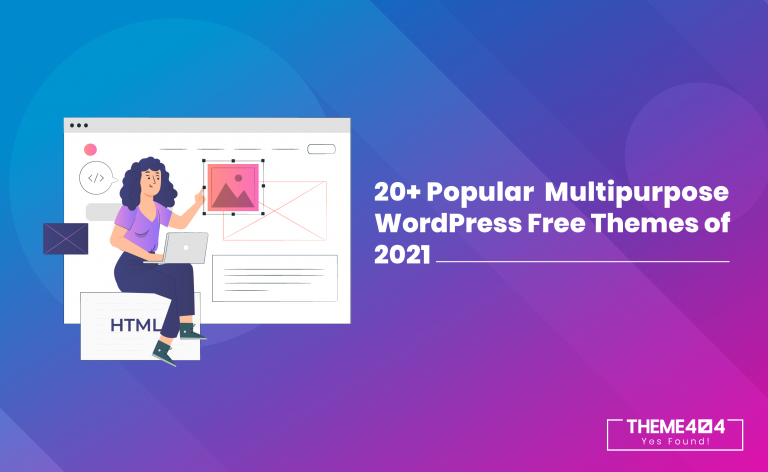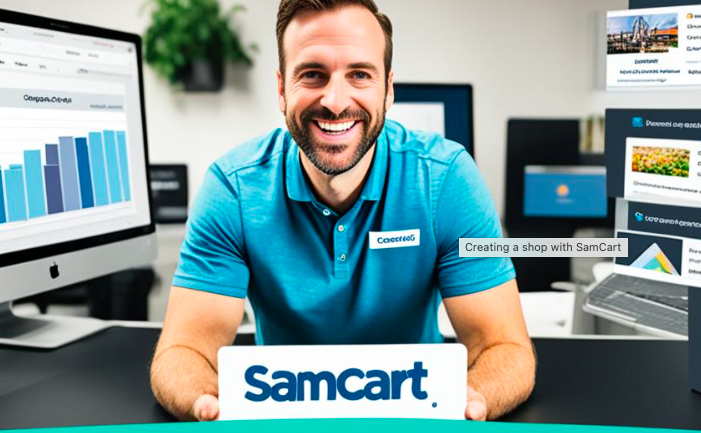Shopify is an ecommerce platform that enables businesses of all sizes to establish and manage their online stores.
The user-friendly solution simplifies the process of selling products and services online, providing a robust set of features to help businesses thrive in the digital marketplace.
Talking about Storyblok, it is a headless content management system (CMS) that empowers businesses to create and deliver personalized content across multiple channels, including web, mobile, social media, and beyond.
The flexible platform decouples the content from the presentation layer, allowing for seamless omnichannel content delivery and a consistent customer experience.
In this comprehensive guide, we’ll explore these two platforms, uncovering their differences, benefits, and synergies.
Whether you’re an established ecommerce business or just starting your online journey, this article will provide you with the insights and strategies you need to make an informed decision and elevate your digital presence to new heights.
Let’s get started.
Shopify vs Storyblok: Key Differences
At the core, the key differences between Shopify and Storyblok lie in their primary functionalities and approaches.
Shopify is predominantly an ecommerce platform that focuses on equipping businesses with the necessary tools and features to set up and manage their online stores.
This includes capabilities such as inventory management, checkout processes, and order fulfillment – essential for any successful ecommerce operation.
Try Shopify free followed by first month at just $1. No credit card required. Limited Time Offer.
In contrast, Storyblok is a headless content management system (CMS) that empowers businesses to create and deliver personalized content across multiple channels.
The flexibility enables Storyblok to seamlessly integrate with ecommerce platforms like Shopify, ensuring a consistent and cohesive customer experience throughout the buyer’s journey.
While Shopify excels at providing a robust ecommerce foundation, Storyblok’s headless architecture sets it apart as a powerful content management solution.
This decoupled approach allows businesses to manage their content independently from the front-end experience, ultimately enabling them to deliver personalized and engaging content across various touchpoints, from web and mobile to social media and IoT devices.
Benefits of Using Shopify
Shopify offers a number of compelling benefits for businesses looking to establish and grow their online presence.
Let’s take a closer look at all it offers.
User-Friendly Interface
Shopify’s user-friendly interface is designed to empower businesses of all sizes to take control of their online operations.
With a simple and straightforward administration panel, you can easily manage your product listings, inventory, orders, and customer information, all while maintaining a professional and visually appealing storefront.
Wide Range of Themes & Templates
Another key benefit of using Shopify is the platform’s extensive library of professionally-designed themes and templates.
Shopify offers a vast selection of pre-built, responsive designs that can be easily customized to match your brand’s unique style and persona.
Whether you’re looking for a sleek and modern aesthetic or a more traditional, ecommerce-focused layout, Shopify has a theme to suit your needs, allowing you to create a visually stunning and user-friendly online store.
Try Shopify free followed by first month at just $1. No credit card required. Limited Time Offer.
Robust ECommerce Features
In addition to its user-friendly interface and wide range of themes, Shopify also boasts a comprehensive suite of ecommerce features to help you manage and grow your online business.
From robust inventory management and secure payment processing to advanced analytics and marketing tools, Shopify provides the essential capabilities you need to effectively sell your products and services online.
Advantages of Storyblok
As a leading headless content management system (CMS), Storyblok offers several compelling advantages for businesses looking to create and deliver personalized content across multiple channels.
Check Out: Shopify vs Shopee
Headless Content Management System
Storyblok’s headless CMS architecture provides businesses with unparalleled flexibility and scalability.
By separating the content from the presentation, businesses can seamlessly deliver content to any channel, from web and mobile to social media and IoT devices, ensuring a consistent and personalized experience for their customers.
The level of content management flexibility is a key advantage of Storyblok, allowing businesses to adapt to the evolving digital landscape and meet the demands of their audience.
Omnichannel Content Delivery
In today’s digital ecosystem, consumers expect a seamless and consistent experience across all touchpoints.
Storyblok’s omnichannel content delivery capabilities empower businesses to achieve this by enabling them to manage and distribute content effortlessly across various platforms and devices.
This ensures that your customers receive a personalized and engaging experience, regardless of the channel they choose to interact with your brand.
Flexibility & Customization
Storyblok’s headless CMS architecture also provides unparalleled flexibility and customization options for businesses.
With Storyblok, you can tailor the content management experience to your specific needs, leveraging its powerful API-driven approach to integrate with a wide range of third-party tools and services.
The level of customization allows you to create unique, brand-aligned content experiences that resonate with your target audience and drive meaningful engagement.
Also Read: Shopify vs Wix
Shopify vs Storyblok: Integrating the Two Platforms
Businesses can easily integrate Storyblok with Shopify. The integration allows you to leverage the strengths of both platforms and deliver a consistent brand experience across multiple touchpoints.
By integrating Shopify and Storyblok, you can unlock a range of benefits that can help you enhance your online presence and drive customer engagement:
| Benefit | Description |
|---|---|
| Consistent Brand Experience | The integration allows you to seamlessly blend your ecommerce functionality with your content management, ensuring a cohesive and visually appealing brand experience for your customers across all touchpoints. |
| Improved Content Flexibility | Storyblok’s headless architecture enables you to create and deliver personalized content across multiple channels, including your Shopify-powered online store, without being constrained by the platform’s content management capabilities. |
| Enhanced Customer Experience | By leveraging the strengths of both Shopify and Storyblok, you can provide your customers with a more engaging, informative, and convenient shopping experience, ultimately driving increased conversions and customer loyalty. |
Use Case: Real-World Example
Let’s explore a real-world example that showcases the synergy between these platforms.
NGRAVE, a leading provider of secure digital asset solutions, recognized the power of combining Shopify and Storyblok to create a truly innovative and engaging ecommerce experience.
By integrating the two platforms, NGRAVE was able to build a futuristic online store that seamlessly blended their product showcasing with educational content and resources.
Storyblok’s headless CMS allowed NGRAVE to craft a visually stunning and highly interactive e-shop, where customers could not only purchase their cutting-edge hardware wallets but also access a wealth of educational content in the form of blog posts, tutorials, and webinars.
Try Shopify free followed by first month at just $1. No credit card required. Limited Time Offer.
This content, seamlessly integrated with their Shopify-powered store, helped to establish NGRAVE as a trusted authority in the digital asset security space, further enhancing the customer experience.
The flexible nature of the Storyblok-Shopify integration enabled NGRAVE to continuously update and optimize their content, ensuring that their customers had access to the latest information and resources related to secure digital asset management.
The approach has been instrumental in positioning NGRAVE as a leader in the headless commerce landscape, offering a truly unique and engaging shopping experience.
Also Read: Shopify vs Shoptet
Why Integrate Shopify with Storyblok?
Headless commerce is an architectural model where the frontend, or the customer-facing interface, is separated from the backend, which handles the core ecommerce functionalities.
In this system, the frontend and backend communicate through application programming interfaces (APIs), allowing businesses to create unique and personalized shopping experiences across multiple channels, including web, mobile, social media, and even IoT (Internet of Things) devices.
The adoption of headless commerce offers numerous advantages for businesses looking to future-proof their ecommerce operations and deliver exceptional customer experiences.
| Benefit | Description |
|---|---|
| Flexibility and Customization | With the frontend and backend decoupled, businesses can easily customize the user interface and customer experience without affecting the underlying ecommerce functionality. This allows for rapid experimentation and the implementation of cutting-edge technologies. |
| Omnichannel Presence | Headless commerce enables businesses to seamlessly deliver content and products across multiple channels, ensuring a consistent and personalized experience for customers, regardless of the device or platform they use. |
| Scalability and Agility | The modular nature of headless commerce allows businesses to scale their ecommerce operations and quickly adapt to changing market demands and customer preferences without the need for extensive backend modifications. |
| Improved Performance | By separating the frontend and backend, headless commerce can optimize the performance of the customer-facing interface, leading to faster load times and improved user experience. |
If your business requires a high degree of content flexibility, personalization, and omnichannel content delivery, Storyblok’s headless CMS architecture may be the more suitable solution.
Storyblok’s decoupled front-end and back-end allows you to deliver personalized content experiences across multiple touchpoints, seamlessly integrating with ecommerce platforms like Shopify.
Try Shopify free followed by first month at just $1. No credit card required. Limited Time Offer.
Also Read: Is Shopify Good For Dropshipping?
Conclusion
As the ecommerce landscape continues to evolve, the concept of headless commerce is gaining traction, offering businesses greater flexibility and the ability to create unique shopping experiences.
By integrating Shopify and Storyblok, you can leverage the strengths of both platforms to deliver a seamless and personalized customer journey, positioning your business for success in the competitive ecommerce market.

